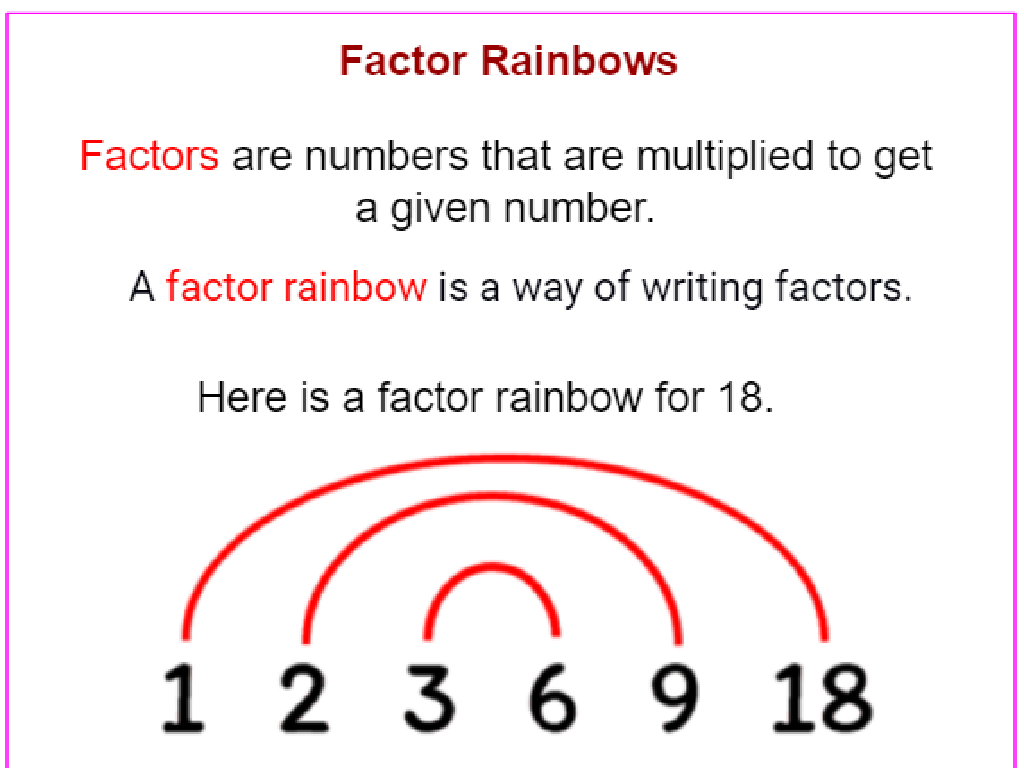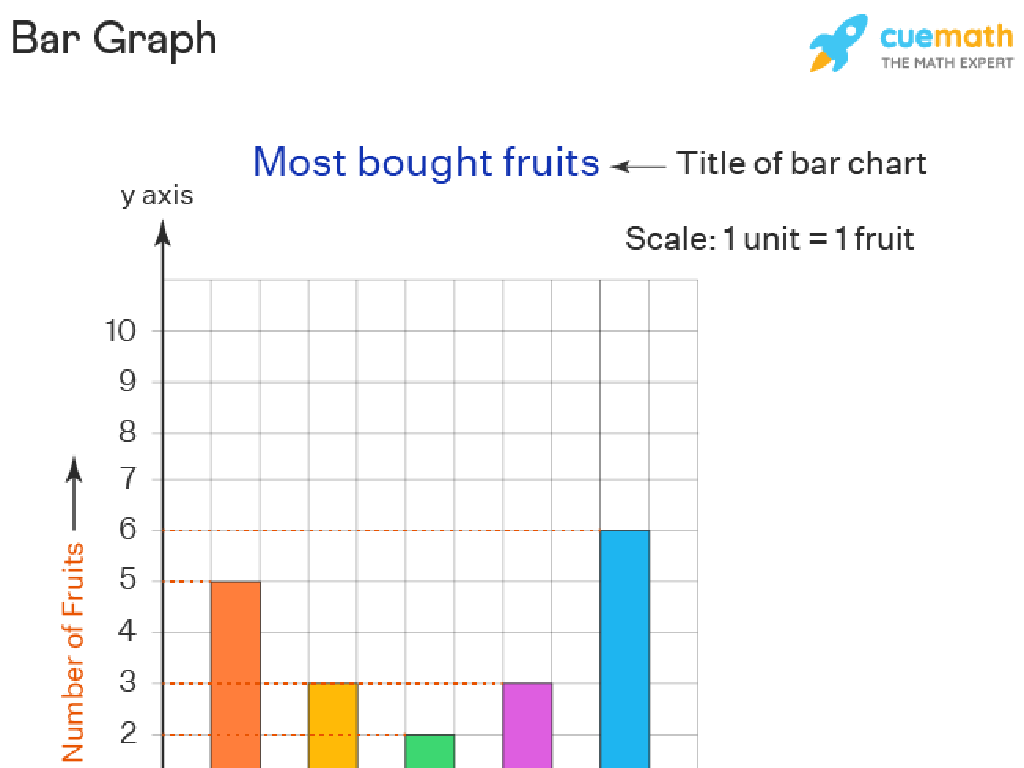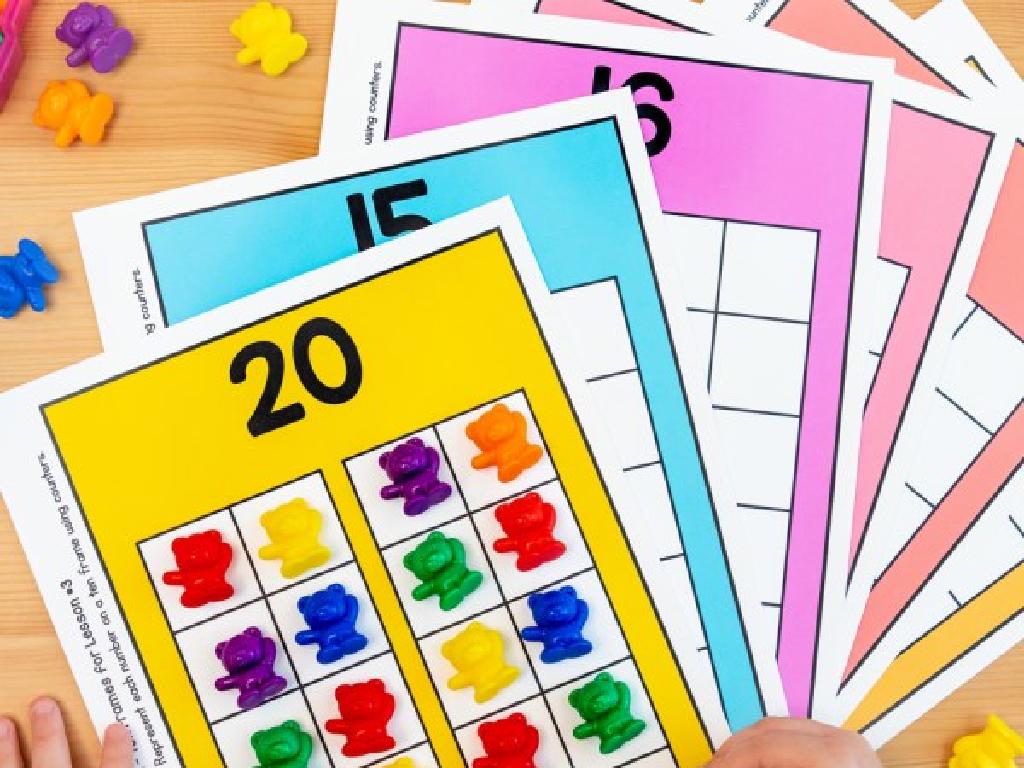The Constitution: Structure And Principles
Subject: Social studies
Grade: Sixth grade
Topic: The Constitution
Please LOG IN to download the presentation. Access is available to registered users only.
View More Content
The Constitution: Our Nation’s Blueprint
– Explore the Constitution’s structure
– The Constitution is divided into the Preamble, 7 Articles, and 27 Amendments.
– Discover the Constitution’s principles
– Principles include popular sovereignty, rule of law, and separation of powers.
– Learn why the Constitution matters
– It’s the supreme law that governs our country and protects our rights.
– Discuss the Constitution’s role today
– It shapes our government and laws, impacting daily life.
|
This slide introduces the Constitution as the foundation of the United States government and legal system. It’s structured with a Preamble, Articles that outline the government’s framework, and Amendments that detail our rights. Key principles such as popular sovereignty, the rule of law, checks and balances, and federalism are the pillars that uphold our democracy. Understanding the Constitution is crucial for students as it not only informs them of their rights and responsibilities but also helps them appreciate the workings of their government. Encourage students to think about how the Constitution affects their lives and the importance of being informed citizens.
Understanding the U.S. Constitution
– The Constitution: Our government’s blueprint
– It’s a detailed guide for how our government works.
– Oldest written national constitution in use
– Adopted in 1787, it has been in effect for over 230 years.
– Framework for laws and government
– Outlines the structure of government and legal processes.
– Foundation of American democracy
|
The Constitution is the supreme law of the United States, serving as a written plan for our nation’s government and legal framework. It’s the oldest written constitution still in use, originally adopted in 1787 after the Revolutionary War. The Constitution outlines the structure of the federal government, including the separation of powers among the legislative, executive, and judicial branches. It also establishes the system of federalism, where power is shared between the national government and the states. This slide will introduce students to the Constitution’s role in shaping our country’s laws and government, emphasizing its importance in American history and the principles of democracy.
Exploring the Preamble of the Constitution
– Introduction to the Constitution
– Goals outlined in the Preamble
– To form a more perfect union, establish justice, ensure domestic tranquility, provide for the common defense, promote the general welfare, and secure the blessings of liberty.
– Reading the Preamble aloud
– Interpreting the Preamble’s meaning
– Discuss what each goal means for us as citizens and how it guides our nation.
|
The Preamble serves as an introduction to the Constitution and outlines the foundational goals of the document. It’s important for students to understand these goals as they reflect the intentions of the Founding Fathers for a strong, fair, and prosperous nation. Start by reading the Preamble together to practice pronunciation and fluency. Then, break down each goal, discussing its meaning and relevance in today’s society. Encourage students to think about how these goals affect their lives and the functioning of the government. This will help them appreciate the Constitution’s role in shaping the United States.
The Articles of the Constitution
– Overview of the Seven Articles
– The Constitution has 7 articles, each covering a specific aspect of the U.S. government.
– Functions of Each Article
– Each article outlines the structure and powers of different government branches.
– Article I: Legislative Powers
– Article I establishes Congress and its two houses: the Senate and the House of Representatives.
– Article II: Executive Powers
– Article II defines the role and responsibilities of the President and the Executive Office.
|
This slide introduces students to the structure of the U.S. Constitution by breaking down its first two articles. Article I explains the bicameral legislature, which includes the Senate and the House of Representatives, and their roles in making laws. Article II outlines the powers of the President, including enforcing laws and leading the country. Emphasize the separation of powers and how these articles ensure a balance within the federal government. Activities can include students creating a chart of each branch’s powers or role-playing as members of each branch to pass a bill.
The Bill of Rights: Our Fundamental Freedoms
– The First Ten Amendments
– Known as the Bill of Rights, protecting freedoms like speech and religion.
– Understanding our basic rights
– These rights ensure our protection and freedom as citizens.
– Examples of rights in daily life
– Free speech in school, religion in daily life, or press in news.
– Significance of these amendments
– They form the cornerstone of American democracy and individual liberty.
|
This slide introduces the Bill of Rights, the first ten amendments to the U.S. Constitution, which are crucial for safeguarding personal freedoms. Emphasize the importance of understanding these rights as they lay the foundation for American democracy and protect individual liberties. Provide relatable examples such as the freedom to express opinions in school or practice religion without interference. Discuss the relevance of these rights in students’ lives, fostering an appreciation for the protections they offer. Encourage students to think of additional examples where these rights play a role in their daily experiences. This will help them grasp the practical implications of the Bill of Rights.
The Seven Principles of the Constitution
– Understanding Popular Sovereignty
– The power lies with the people who vote for leaders.
– Republicanism and Civic Responsibility
– Citizens elect representatives to make laws.
– Limited Government and Federalism
– Government powers are restricted to protect citizens.
– Separation of Powers and Checks and Balances
– Each branch of government can limit the powers of the others.
|
This slide introduces the foundational concepts that underpin the United States Constitution. Popular Sovereignty emphasizes that the authority of the government is created and sustained by the consent of its people, through their elected representatives. Republicanism is a form of government where the country is considered a ‘public matter’ and the people hold supreme power. Limited Government ensures that governmental powers are restricted by law, typically in a written constitution. Federalism is the division of power between the national government and the states. Separation of Powers divides the government into branches, each with separate and independent powers and areas of responsibility to prevent any one branch from having too much power. Checks and Balances is a system that allows each branch of government to amend or veto acts of another branch to prevent any one branch from exerting too much power. These principles work together to protect individual rights and the liberty of citizens. Encourage students to think of examples of these principles in action and discuss how they contribute to the functioning of our government.
How the Constitution Works
– Understanding law creation
– Learn how a bill becomes a law
– Interactions of the Three Branches
– See how Executive, Legislative, and Judicial branches work together
– Checks and Balances system
– Each branch has powers to check the others
– Ensuring government balance
– Prevents one branch from becoming too powerful
|
This slide aims to explain the practical functioning of the U.S. Constitution. Start by discussing the legislative process, from how a bill is proposed to the moment it becomes a law. Emphasize the collaborative yet distinct roles of the House of Representatives and the Senate. Next, explain the interactions between the Executive, Legislative, and Judicial branches, highlighting their separate responsibilities and how they must cooperate to govern effectively. Dive into the checks and balances system, designed to ensure no single branch can dominate, with examples like the President’s veto power or the Supreme Court’s ability to declare laws unconstitutional. Encourage students to think of the Constitution as a rule book that keeps the government fair and accountable.
Amending the Constitution: Keeping It Current
– The Constitution as a living document
– It grows and changes with our country.
– Steps to add an amendment
– Proposal by Congress or convention, then ratification by states.
– Key amendments in history
– 1st Amendment: Freedom of speech, 19th: Women’s right to vote.
– Significance of amendments
– They ensure the Constitution meets the nation’s evolving needs.
|
This slide aims to explain the concept of the Constitution as a living document, capable of being amended to reflect the changing values and needs of the country. It’s crucial to outline the formal process of how amendments are added, which includes proposal and ratification steps. Highlight a few important amendments, such as the 1st Amendment, which guarantees freedoms like speech and religion, and the 19th Amendment, which granted women the right to vote. Emphasize the importance of amendments in keeping the Constitution relevant and responsive to the citizens it serves. Encourage students to think about why it’s necessary to have a process for making changes to the Constitution and how these changes have shaped our society.
The Constitution in Our Lives
– Constitution’s impact on daily life
– Citizens’ rights and responsibilities
– Rights like freedom of speech, Responsibilities like obeying laws
– Civic engagement significance
– Involvement in community and government shapes society
– Encouraging active participation
– Voting, volunteering, and staying informed are key
|
This slide aims to help students understand the relevance of the Constitution in everyday life and the importance of their roles as citizens. Discuss how the Constitution and its amendments protect individual freedoms and outline the duties we have, such as following laws and paying taxes. Emphasize the significance of civic engagement, explaining how participating in democratic processes like voting and community service contributes to a healthy society. Encourage students to think of ways they can be active participants in their communities, even at their age, such as being informed about current events and respecting others’ rights.
Class Activity: Drafting Our Classroom Amendments
– Group activity: Write a classroom amendment
– Discuss the significance of each amendment
– Why is your amendment important for our class?
– Vote on amendments for our ‘Classroom Constitution’
– Majority will decide which amendments we’ll adopt
– Reflect on the amendment process
– How does this activity help us understand the real Constitution?
|
This activity is designed to give students a practical understanding of how the amendment process works in the U.S. Constitution by creating their own amendments for the classroom. Divide the class into small groups and have each group come up with one rule they believe should be added to a ‘Classroom Constitution.’ They should discuss why their amendment is important and how it would benefit the class. After each group presents their amendment, hold a class vote to decide which amendments should be adopted. This exercise will help students grasp the significance of amendments and the democratic process involved in ratifying them. Encourage students to think critically about the changes they want to see and the impact those changes would have. Provide guidance on how to build consensus and compromise.






